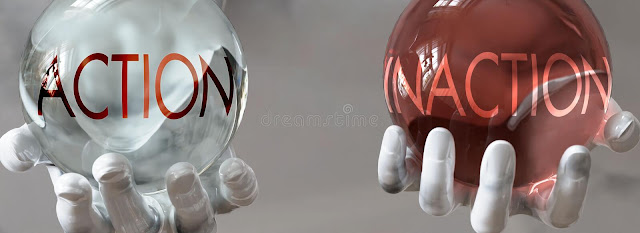The three gunas
The 3 gunas are Sattva, Rajas and Tamas. Sattva is the enthusiasm I feel in life. I was just having a conversation with my Yogi friends with whom I take online yoga classes. We would share nice anecdotes by Gurudev, pull each other’s leg, talk about doing Seva, discuss about the seva and impact other folks are having. It was 11:30 pm but still energy was high and had beauty care routine with head massage, face pack going strong till 12:30. But then slept post that because wanted to keep up the morning routine. Normal days I would be asleep and drowsy by 10:30. Good influence, sattvic talks & discussions always helps Sattva go high. Rajas is needed in life. I work in software industry which can be very demanding at times. High Rajas actually helps get a lot of work done. But sometime when Rajas is too high my mind just goes haywire. Unable to focus to get anything done. Start doing multiple tasks at a time and just be confused and upset at not completing any task by the end of ...




